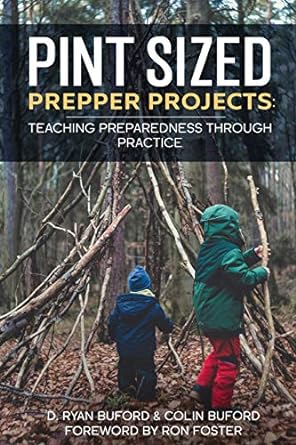How to: Identify, Cook & Eat the Resinous Polypore (Ischnoderma resinosum): Making a Mushroom Broth w/ The Urban-Aboriginal
Video
In this video I show how to identify, cook and make a broth out of a commonly looked-over polypore mushroom known as the Resinous Polypore (Ischnoderma resinosum), AKA "Velvet Mushroom"...AKA "Pancake Polypore".
This fungi grows as a "shelf" mushroom on hardwood and coniferous trees. And is common in the upper part of North America. When young it is fleshy and tender. As it grows and matures it be comes dense and hard. At this stage it would be good as tinder or for carrying a coal to keep a fire going. When it is young and succulent the tinder parts are edible, with a very mild flavor but a pleasing mushroomy texture.
Once we have ID'd the fungi I will put together a quick recipe I found online by a local chef.
Full recipe is here: https://foragerchef.com/ischnoderma-resinosum-broth/
-
FORAGING RULES:
- Only harvest plants that you have 110% positively identified.
- Only harvest from areas where you have permission to do so.
- Only harvest from areas you know are not sprayed, contaminated, or polluted.
- Only use your harvest after they have been well washed in clean water.
- Only ingest small amounts at first; If you choose to do so it is AT YOUR OWN RISK! DO NOT use this video as the source of truth...DO YOUR OWN RESEARCH and/or find someone in your area who is knowledgeable and competent in this subject matter
#5 is especially important if you are new to wild foraging. Aside from the obvious dangers of thistles, poison ivy, poison oak, and deadly water hemlock...Many wild plants contain off the charts vitamins and minerals which might create a shock to your system...considering the nutrient count of your average domesticated vegetable foodstuffs.
Also and addendum to rule #1 is follow Green Deane's of EatTheWeeds I.T.E.M-ize Rules:
- (I)dentify the plant beyond doubt....be sure it is the right
- (T)ime of year. Check its
- (E)nvironment. This involves two things. One is making sure it is growing in the right place. The other is making sure the plant is getting clean water and is not in polluted soil. And then...
- (M)ethod of preparation.







